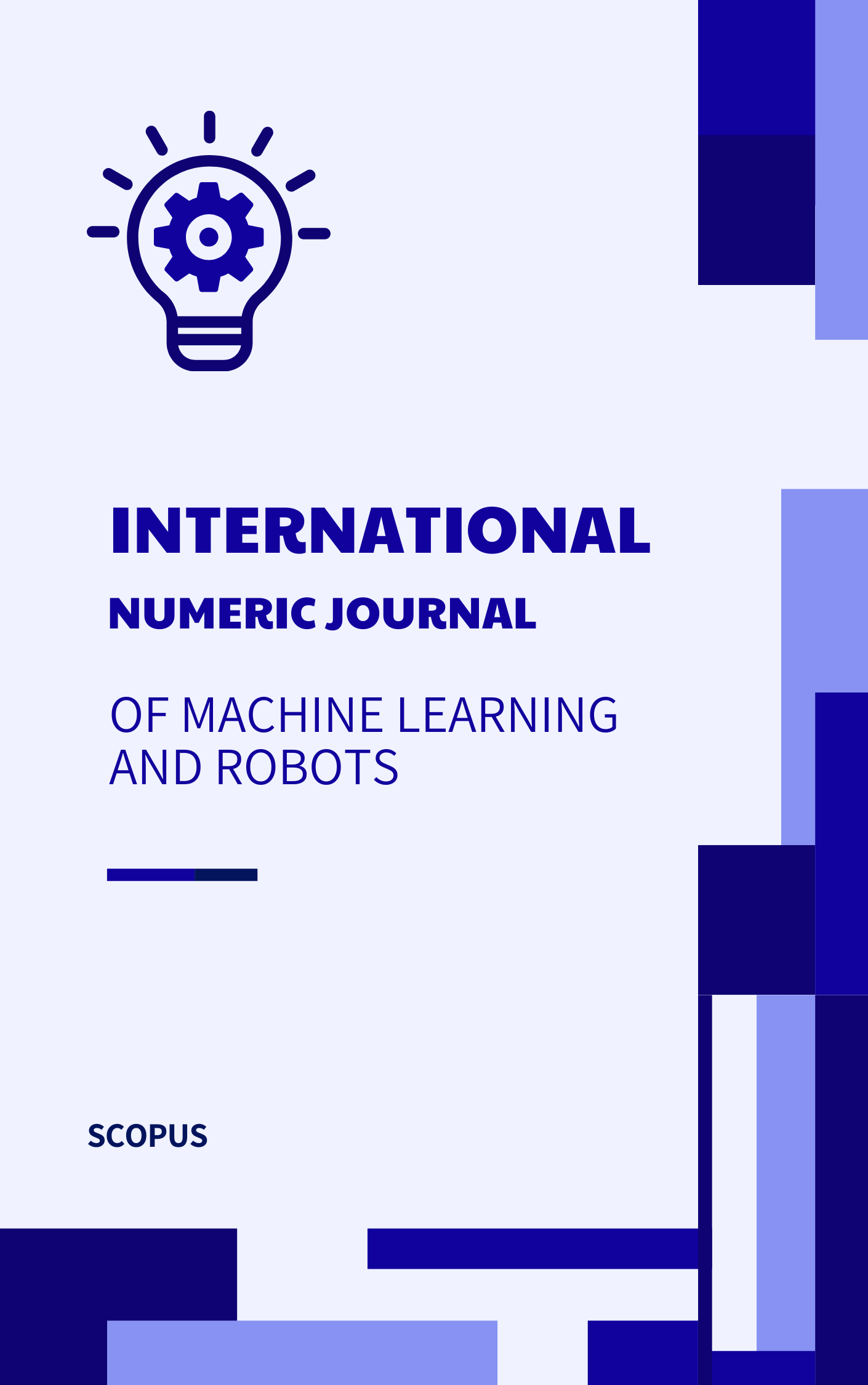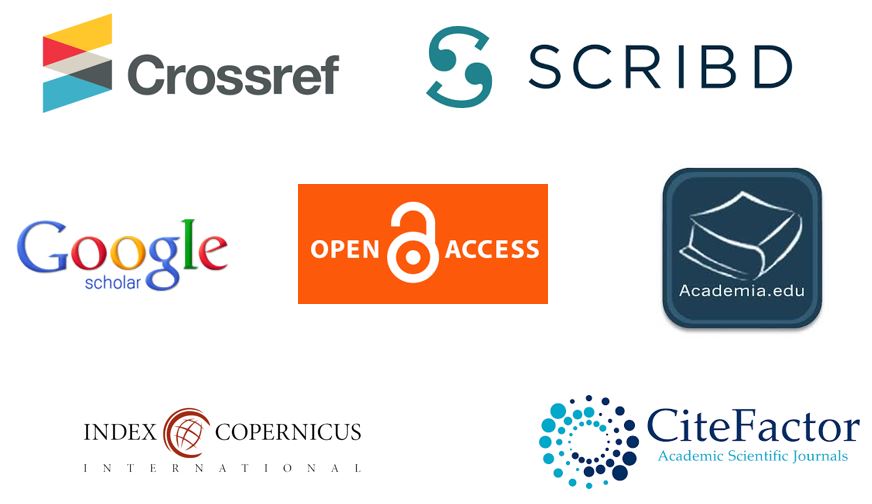AI-Based Decision Support Systems in Emergency Medicine: Enhancing Triage and Diagnosis
Abstract
Emergency medicine requires rapid decision-making, often with limited information and under time constraints. This paper explores the role of AI-based decision support systems (DSS) in improving triage and diagnosis in emergency settings. By integrating patient data, clinical guidelines, and historical case studies, AI algorithms can assist emergency healthcare providers in prioritizing cases, diagnosing conditions, and recommending appropriate treatments. The paper discusses the use of machine learning techniques, such as decision trees and ensemble methods, in triage systems, as well as the challenges of ensuring system reliability, accuracy, and integration with existing emergency medical workflows.
References
Pindi, V. (2017). AI in Rehabilitation: Redefining Post-Injury Recovery. International Numeric Journal of Machine Learning and Robots, 1(1).
Velaga, S. P. R. (2017). AI in Healthcare Accessibility: Bridging the Urban-Rural Divide. International Numeric Journal of Machine Learning and Robots, 1(1).
Velaga, S. P. (2014). DESIGNING SCALABLE AND MAINTAINABLE APPLICATION PROGRAMS. IEJRD-International Multidisciplinary Journal, 1(2), 10.
Velaga, S. P. (2016). LOW-CODE AND NO-CODE PLATFORMS: DEMOCRATIZING APPLICATION DEVELOPMENT AND EMPOWERING NON-TECHNICAL USERS. IEJRD-International Multidisciplinary Journal, 2(4), 10.
Velaga, S. P. (2017). “ROBOTIC PROCESS AUTOMATION (RPA) IN IT: AUTOMATING REPETITIVE TASKS AND IMPROVING EFFICIENCY. IEJRD-International Multidisciplinary Journal, 2(6), 9.
Gatla, T. R. An innovative study exploring revolutionizing healthcare with ai: personalized medicine: predictive diagnostic techniques and individualized treatment. International Journal of Creative Research Thoughts (IJCRT), ISSN, 2320-2882.
Gatla, T. R. ENHANCING CUSTOMER SERVICE IN BANKS WITH AI CHATBOTS: THE EFFECTIVENESS AND CHALLENGES OF USING AI-POWERED CHATBOTS FOR CUSTOMER SERVICE IN THE BANKING SECTOR (Vol. 8, No. 5). TIJER–TIJER–INTERNATIONAL RESEARCH JOURNAL (www. TIJER. org), ISSN: 2349-9249.
Gatla, T. R. (2017). A SYSTEMATIC REVIEW OF PRESERVING PRIVACY IN FEDERATED LEARNING: A REFLECTIVE REPORT-A COMPREHENSIVE ANALYSIS. IEJRD-International Multidisciplinary Journal, 2(6), 8.
KOLLURI, V. (2016). MACHINE LEARNING IN MANAGING HEALTHCARE SUPPLY CHAINS: HOW MACHINE LEARNING.
KOLLURI, V. (2014). VULNERABILITIES: EXPLORING RISKS IN AI MODELS AND ALGORITHMS.
Yarlagadda, V. S. T. (2018). AI for Healthcare Fraud Detection: Leveraging Machine Learning to Combat Billing and Insurance Fraud. Transactions on Recent Developments in Artificial Intelligence and Machine Learning, 10(10). Retrieved from https://journals.threws.com/index.php/TRDAIML/article/view/330
Yarlagadda, V. S. T. (2017). AI-Driven Personalized Health Monitoring: Enhancing Preventive Healthcare with Wearable Devices. International Transactions in Artificial Intelligence, 1(1). Retrieved from https://isjr.co.in/index.php/ITAI/article/view/330
Yarlagadda, V. S. T. (2018). AI-Powered Virtual Health Assistants: Transforming Patient Care and Healthcare Delivery. International Journal of Sustainable Development in Computer Science Engineering, 4(4). Retrieved from https://journals.threws.com/index.php/IJSDCSE/article/view/326
Yarlagadda, V. S. T. (2019). AI for Remote Patient Monitoring: Improving Chronic Disease Management and Preventive Care. International Transactions in Artificial Intelligence, 3(3). Retrieved from https://isjr.co.in/index.php/ITAI/article/view/325
Yarlagadda, V. S. T. (2019). AI-Enhanced Drug Discovery: Accelerating the Development of Targeted Therapies. International Scientific Journal for Research, 1(1). Retrieved from https://isjr.co.in/index.php/ISJR/article/view/323





